Looking for the best method to cool and dry a small food storage room
jaono
4 years ago
last modified: 4 years ago
Featured Answer
Sort by:Oldest
Comments (7)
Austin Air Companie
4 years agolast modified: 4 years agoUser
4 years agolast modified: 4 years agoRelated Professionals
Lynwood Solar Energy Systems · Garden Grove Home Automation & Home Media · Greenville Home Automation & Home Media · Potomac Home Automation & Home Media · Westminster Home Automation & Home Media · Markham Electricians · Fargo Home Builders · Lake Worth Home Builders · Buena Park General Contractors · Casas Adobes General Contractors · Clive General Contractors · East Riverdale General Contractors · Fort Pierce General Contractors · Rolling Hills Estates General Contractors · Wright General ContractorsSammy
4 years agoSeabornman
4 years agojaono
4 years agolast modified: 4 years agoAustin Air Companie
4 years agolast modified: 4 years ago
Related Stories
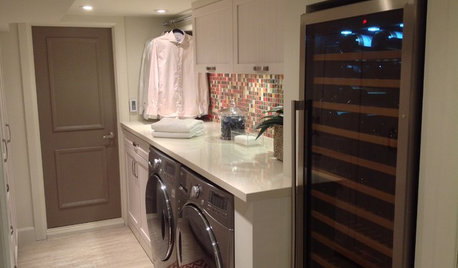
LAUNDRY ROOMSLaundry Room Redo Adds Function, Looks and Storage
After demolishing their old laundry room, this couple felt stuck. A design pro helped them get on track — and even find room to store wine
Full Story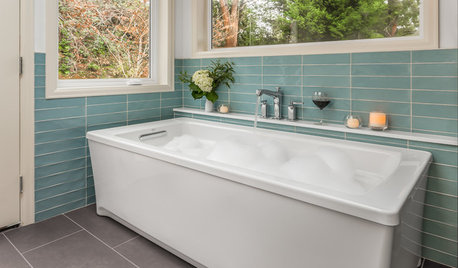
ADDITIONSRoom of the Day: Small Addition Gives a Couple Room to Relax
A new master bathroom provides parents with a place for lingering and luxuriating
Full Story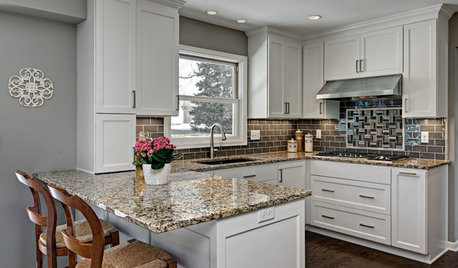
BEFORE AND AFTERSSmall Kitchen Gets a Fresher Look and Better Function
A Minnesota family’s kitchen goes from dark and cramped to bright and warm, with good flow and lots of storage
Full Story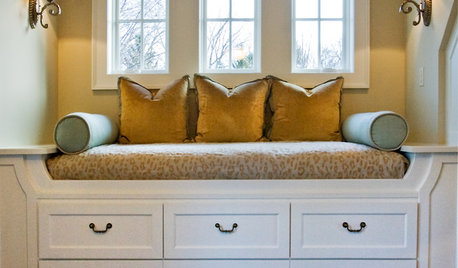
SMALL SPACESDownsizing Help: Storage Solutions for Small Spaces
Look under, over and inside to find places for everything you need to keep
Full Story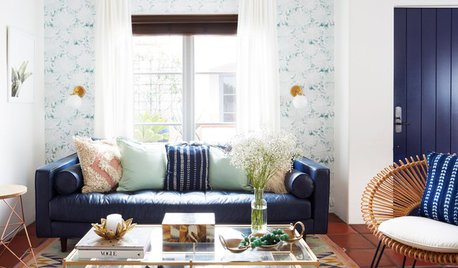
DECORATING GUIDES13 Ways to Upsize a Small Living Room Without Moving a Wall
A design pro shows how to use light, colour, layers and focal points to make a compact room look and feel more expansive
Full Story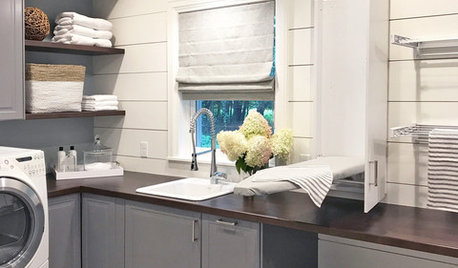
LAUNDRY ROOMSA Lakeside Laundry Room Packed With Storage and Function
A designer works a sink, a folding space, an ironing board, drying racks and ample storage into a New York laundry room
Full Story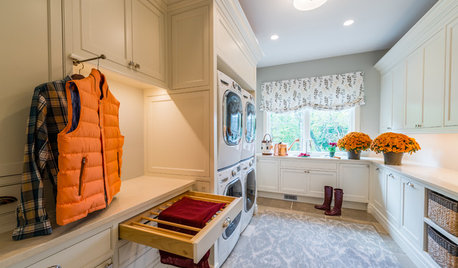
LAUNDRY ROOMSNew This Week: 4 Envy-Inducing Laundry Rooms With Clever Storage
These spaces feature dedicated solutions that handle multiple tasks
Full Story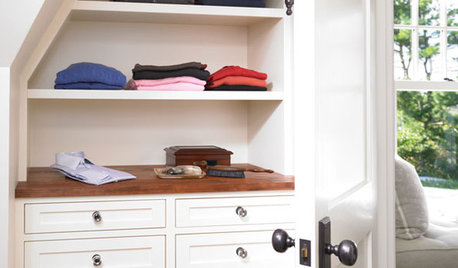
DECORATING GUIDESSmall Changes to Simplify Your Long-Term Storage
Conquer your attic and basement storage in more than a day, with these easy, bite-size steps for sorting, storing and protecting your stuff
Full Story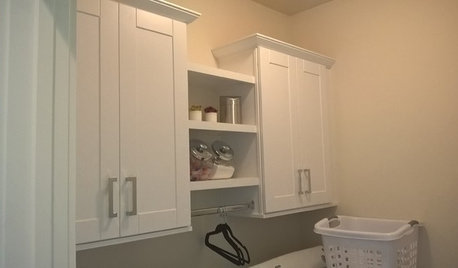
LAUNDRY ROOMSReader Laundry Room: More Storage for $900 in Tennessee
A homeowner adds cabinets, shelves and a hanging rod to make her basic laundry room more functional and beautiful
Full Story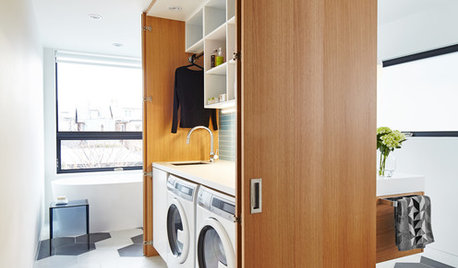
BATHROOM MAKEOVERSA Clever Storage Box Hides a Laundry Room Inside a Bath
Natural light and smart space-planning turn 165 square feet into a multifunctional, spa-like retreat
Full StorySponsored
Industry Leading Interior Designers & Decorators in Franklin County
More Discussions






Austin Air Companie